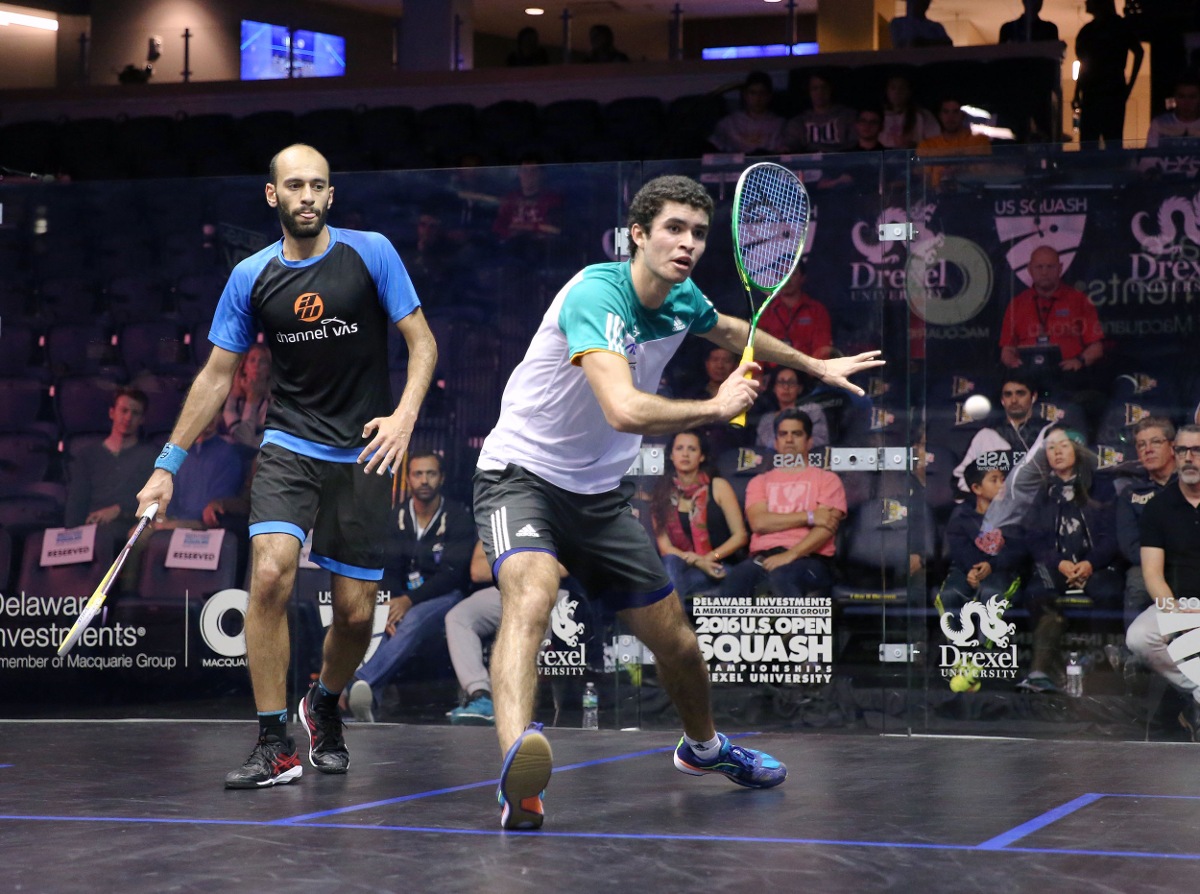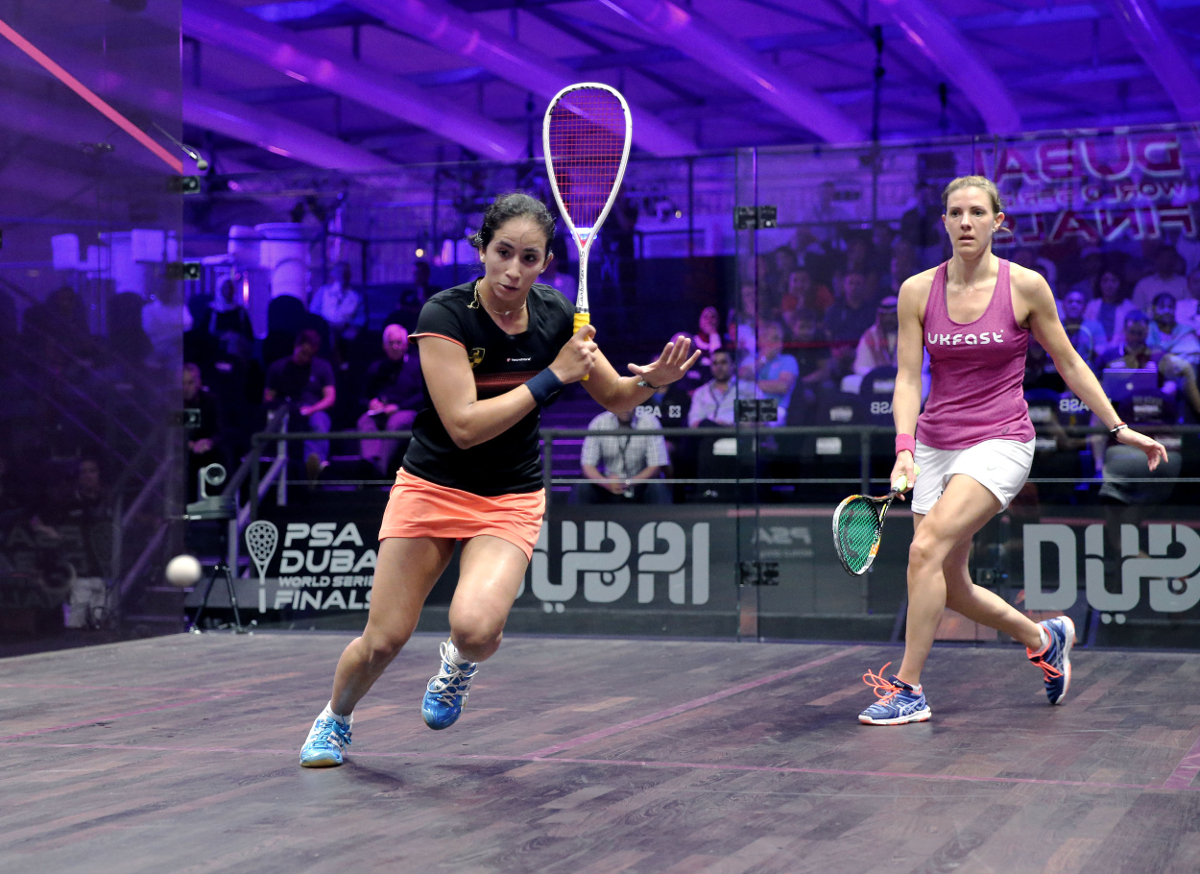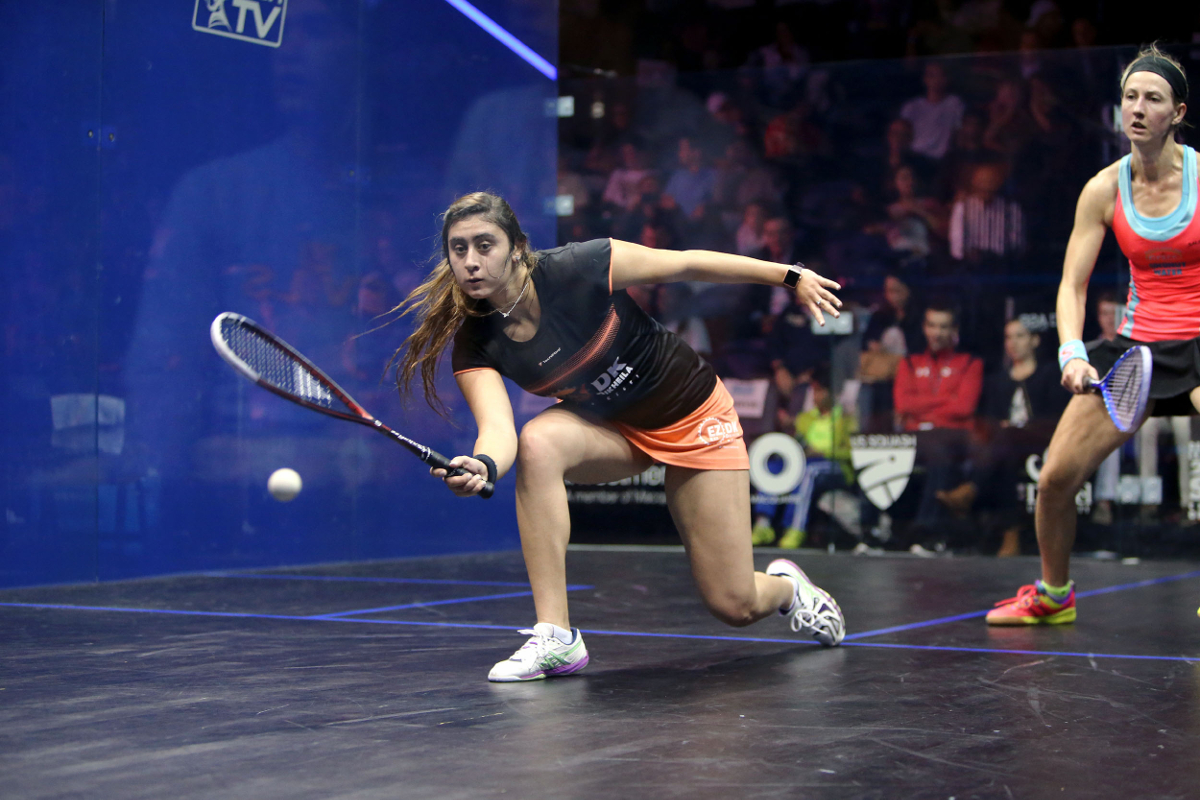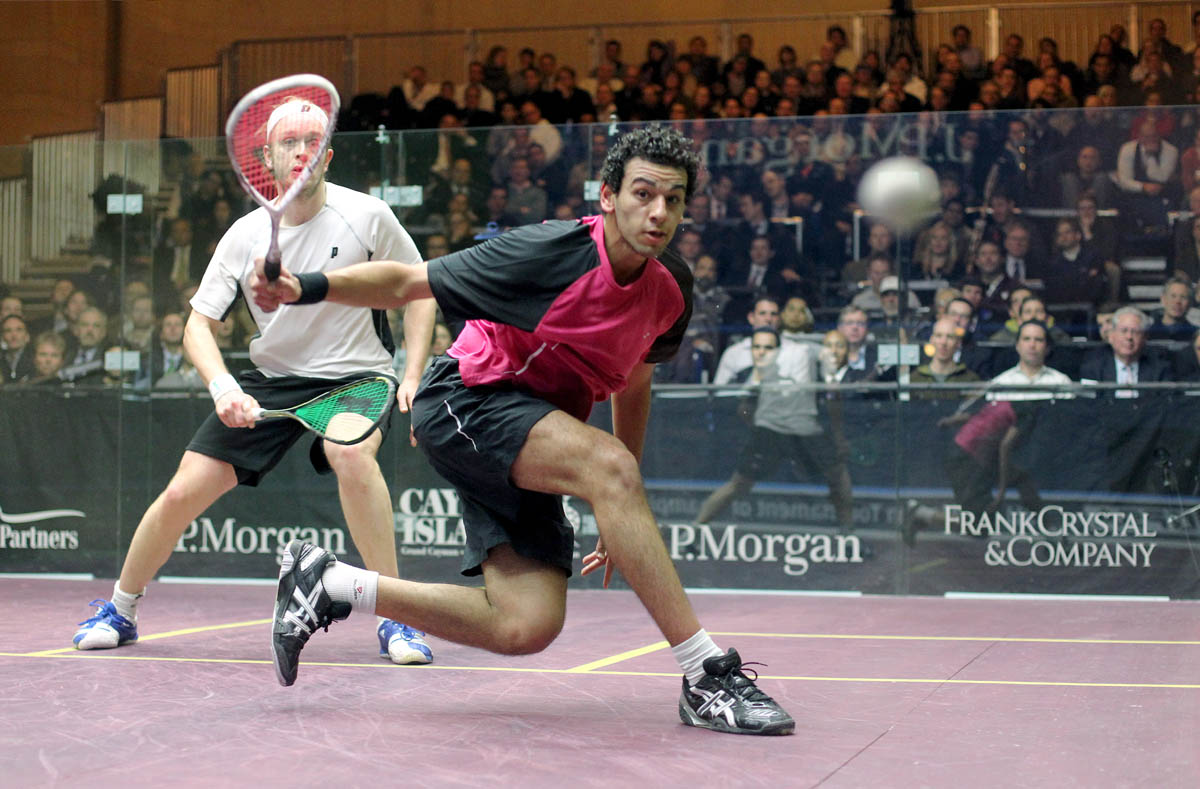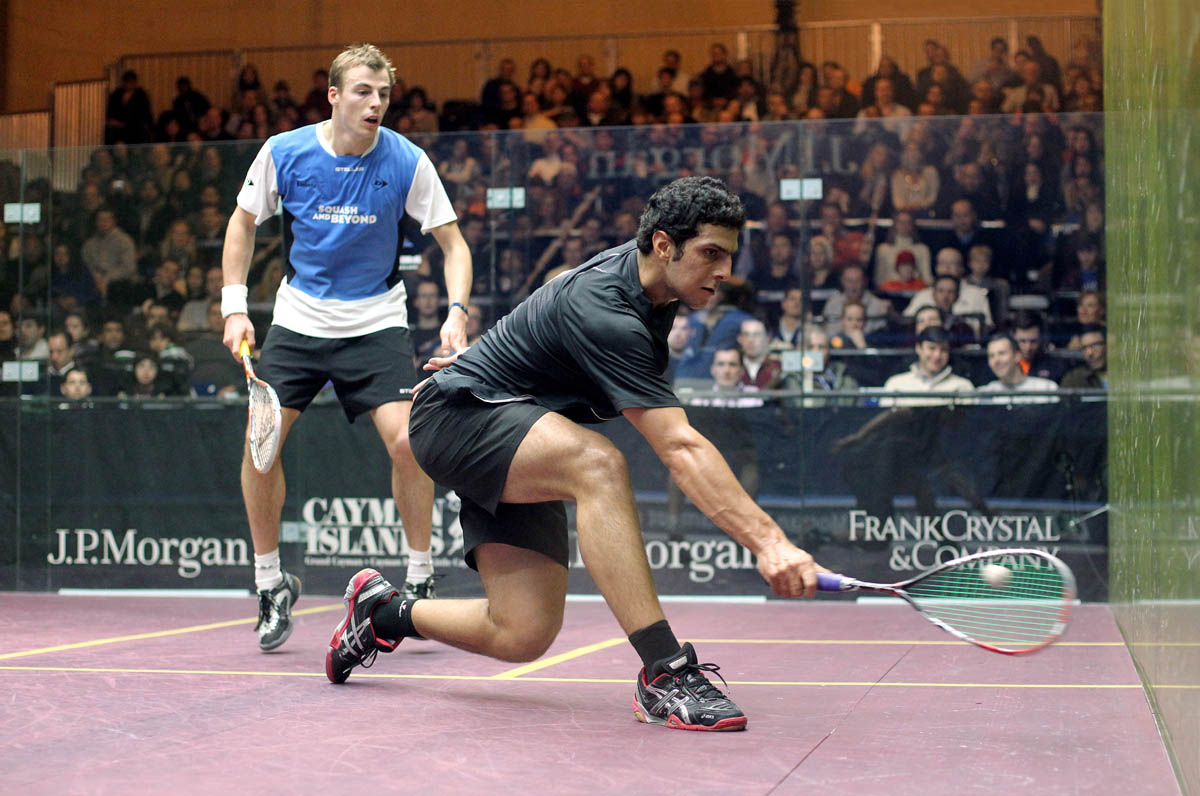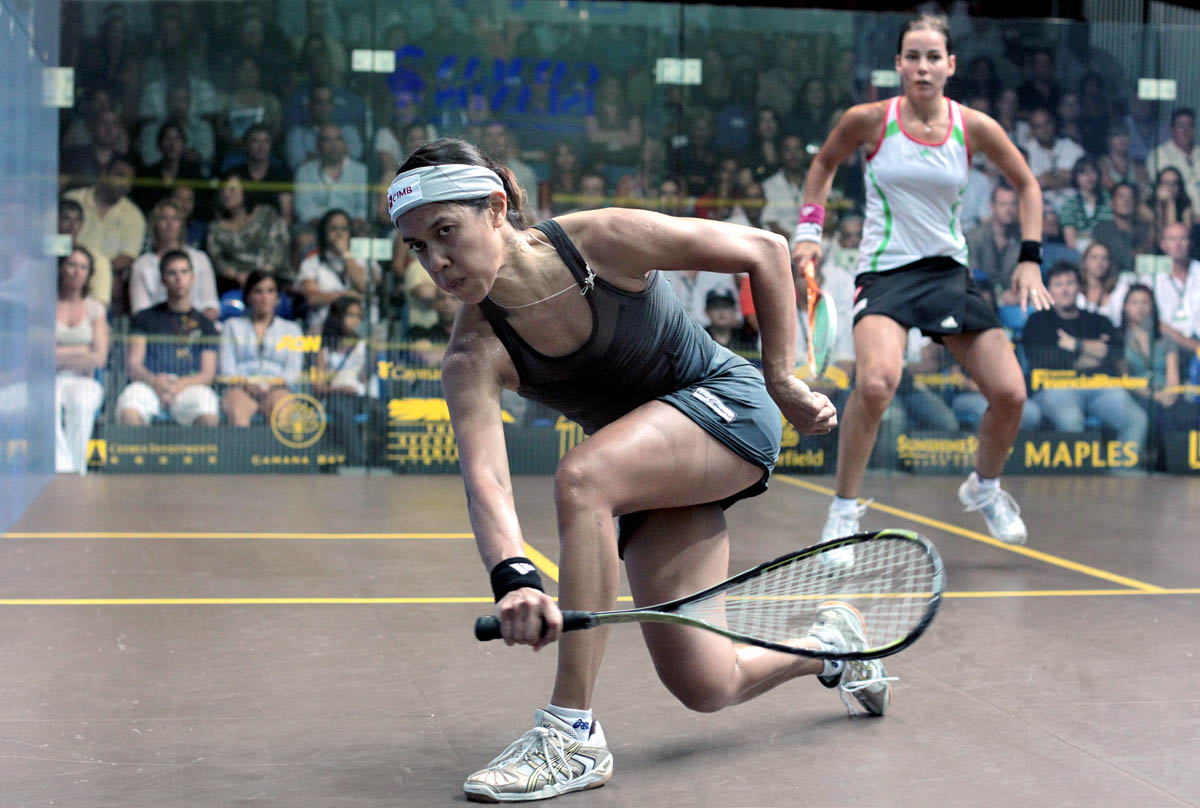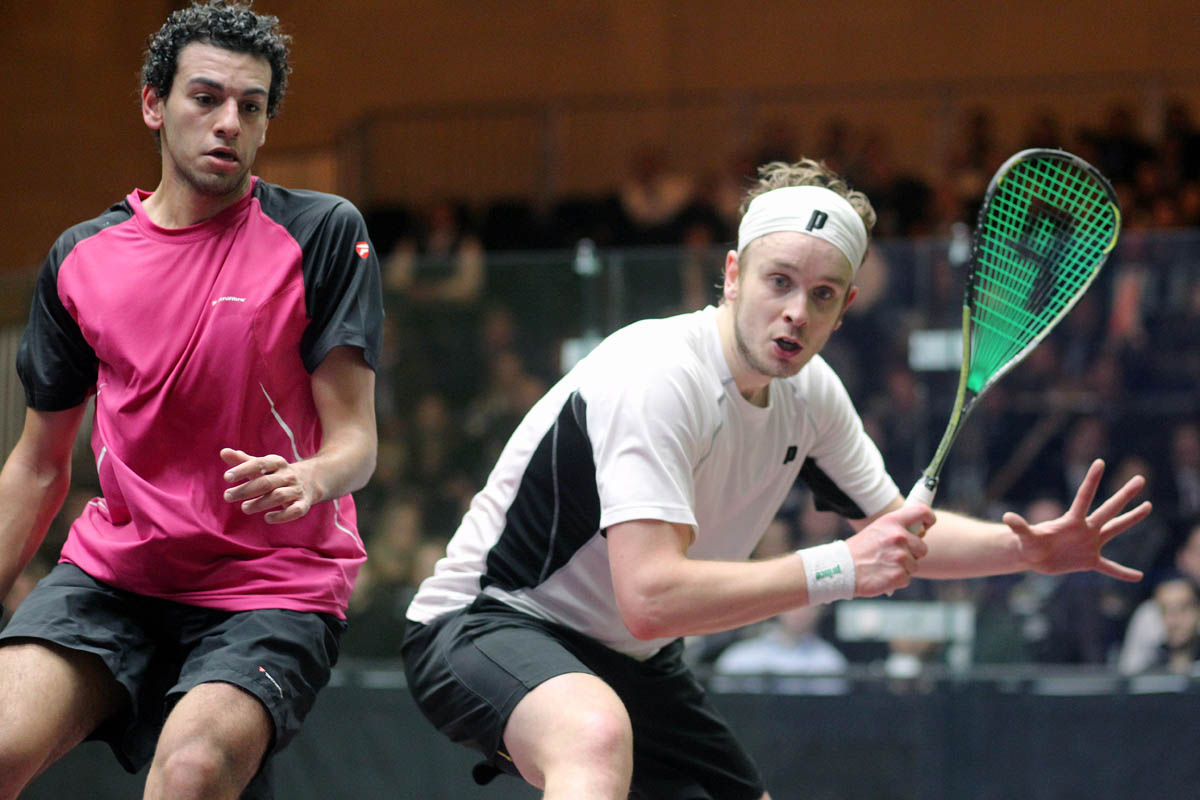Straight and Cross Bat
Line of Flight
The direction the ball is moving either incoming or outgoing.
Incoming

Outgoing

On this occasion the player uses the Open To Closed Plane Swing which encourages the player to use a straight bat which increases the hitting area.
Straight Bat and Cross Bat
The terms straight bat and cross bat originated from the sport of cricket.
For example, often a cricketer hits through the line of flight (straight bat) when the ball is pitched up. However, the player can choose to hit across the line of flight. Also the cricketer hits across the line of flight (cross bat) when the ball is pitched extremely short. Generally, when the ball is short the player has no choice but to hit across the line of flight. However, the modern day cricketer also improvises and can hit through the line of flight.
Why is a golf ball teed low near the ground? Because it encourages the golfer to hit through the line of flight in a perpendicular circular path. Imagine the golf ball teed high around waist height. This would encourage the golfer to hit across the line of flight in a horizontal circular path.

Squash players can either use the Open To Closed Plane (straight bat) or the Open Plane Swing (cross bat).
Why do batters in baseball often strike out? Because the pitcher throws the ball around waist height which encourages the batter to hit across the line of flight.
Thus, it would appear that in many ball sports which require contact from a bat, racquet, etc., there is and an ideal height to make contact. But before examining the ideal height.... what is the contact (hitting) area?
The Ball Hitting Area (Squash)
The area where the player makes contact or can make contact with the ball.
The ball hitting area is either small or large. When the player swings across the line of flight the contact area is small the size of the ball. This presents the player with one contact point and thus one opportunity to contact the ball.

Consequently, the player has less time to make contact with the ball
When the player swings through the line of flight the contact area is large the size of quite a few balls. This presents the player with many contact points and thus many opportunities to contact the ball.
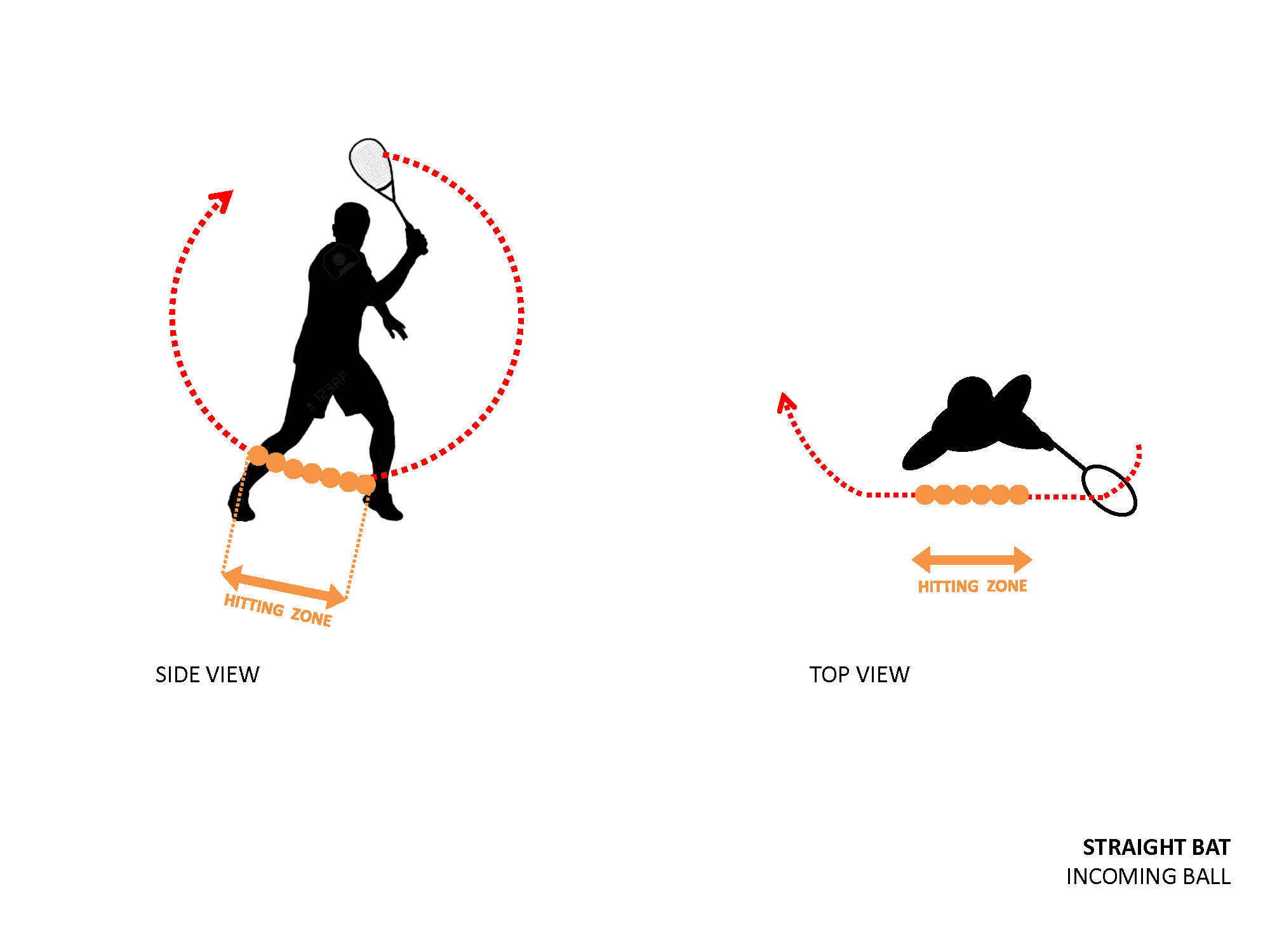
Consequently, the player has more time to make contact with the ball.
Ideal Height (Squash)
The Ideal Heights - Hitting Zones
The ideal zones for hitting through the line of flight (straight bat) or across the line of flight (cross bat).
The ideal high height to hit through the line of flight is somewhere between shoulder and above head.
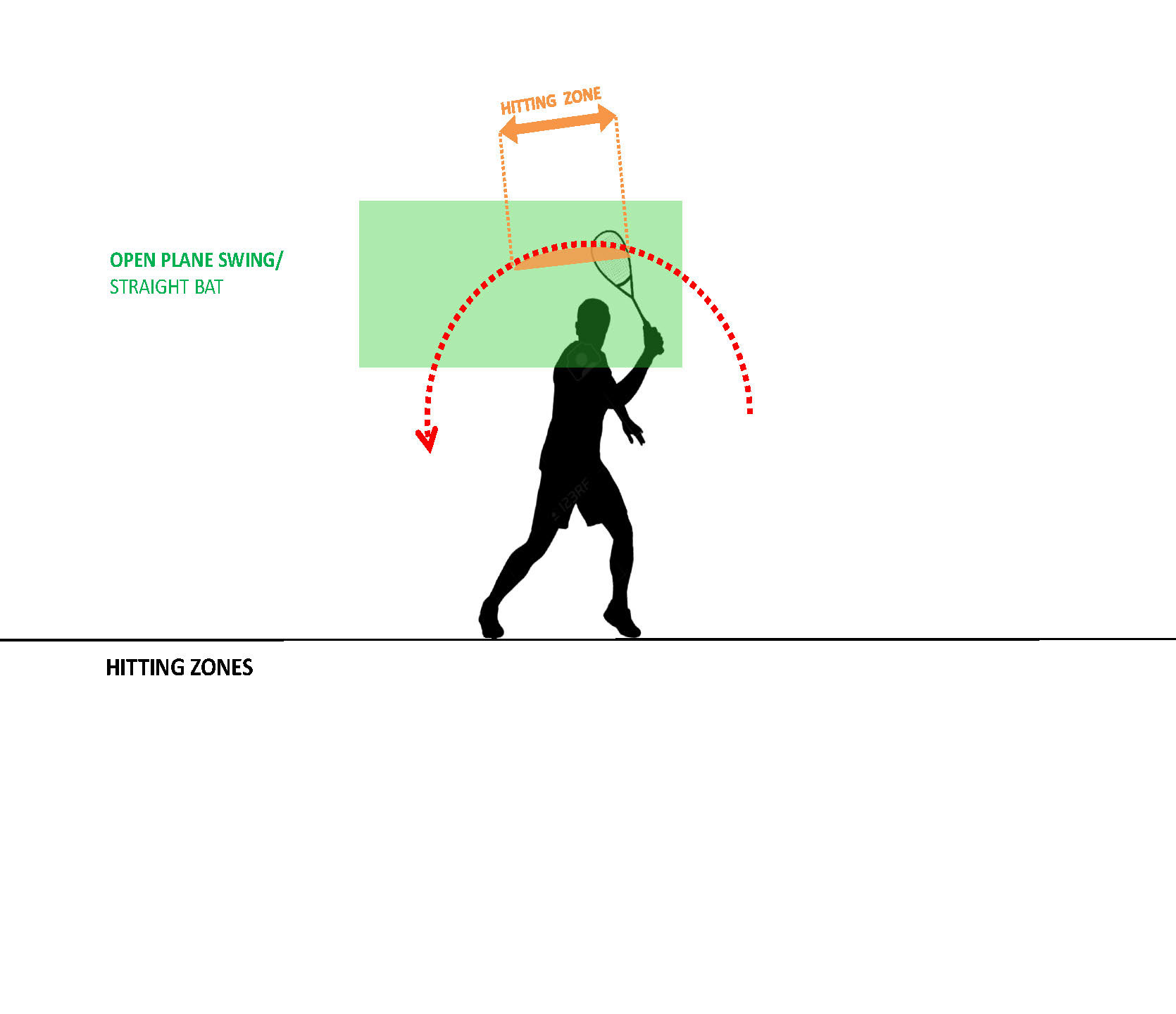
The ideal mid height to hit across the line of flight is somewhere between shoulder and knee.
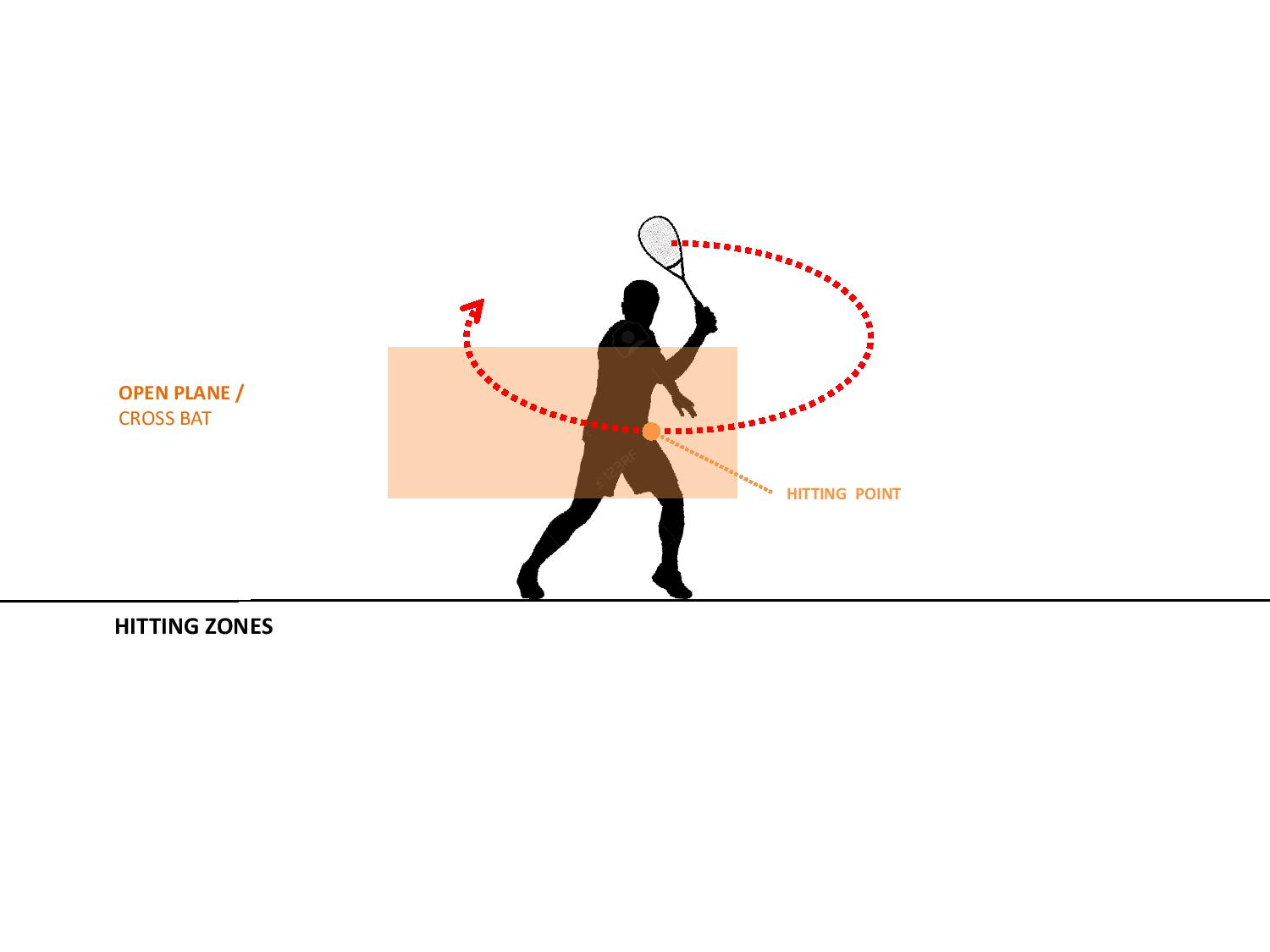
The ldeal low height to hit through the line of flight is somewhere between knee and ankle.
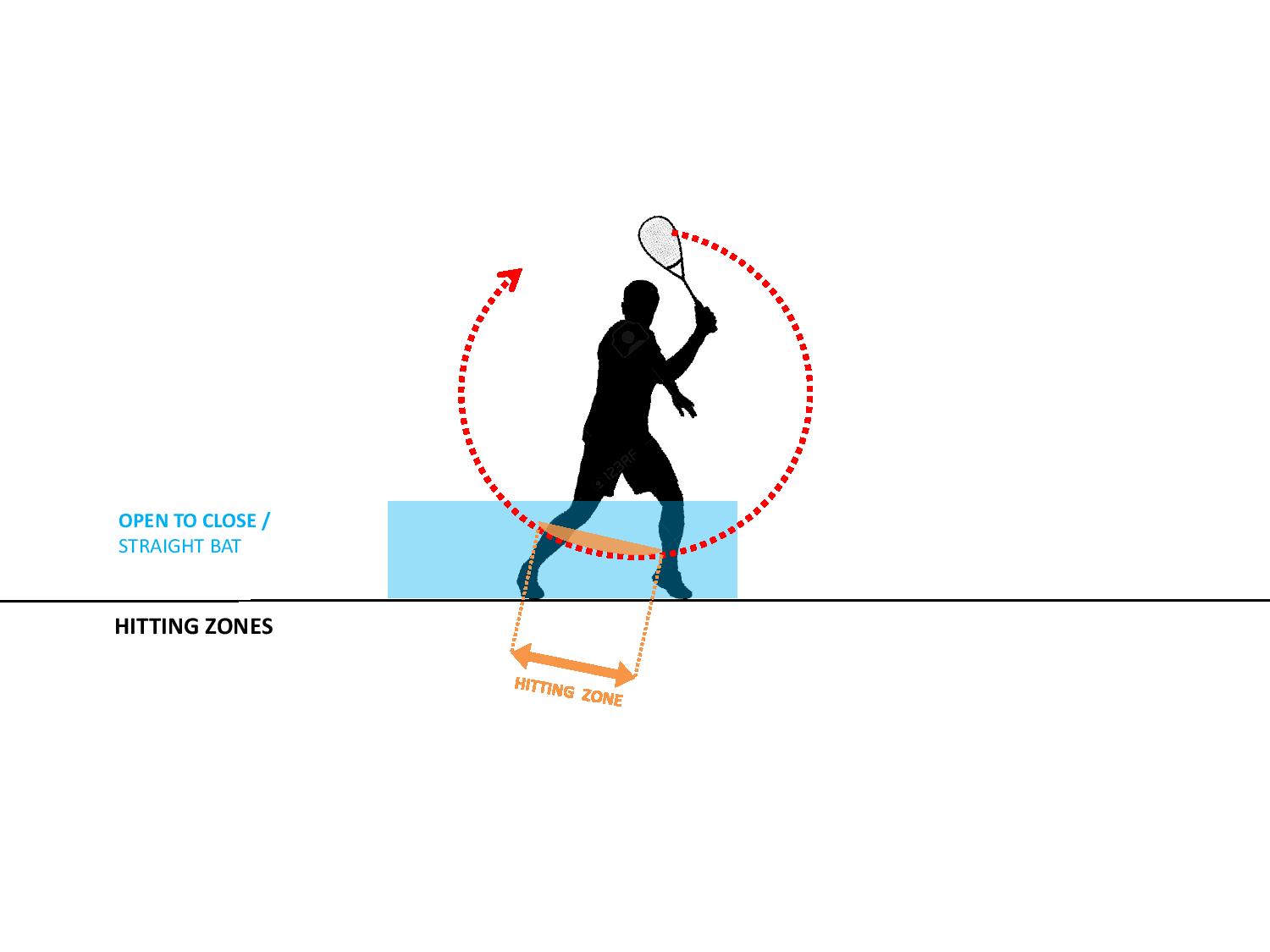
Thus, squash presents opportunities to make contact with the ball at varying heights.
If given the choice when should the player allow the ball to descend to the bottom of the bounce?
When hitting there ball off the back wall the player should allow the ball to descend to the bottom of the bounce as this allows and encourages the player to hit through the line of flight.
Similarly, if given the choice when should the player not allow the ball to descend to the bottom of the bounce?
When playing a slice drop the player should endeavour to hit the ball at the top of the bounce as this allows and encourages the player to hit through the line of flight.
Also when volleying the player should try and avoid allowing the ball to descend as the player will not only be hitting across the line of flight but will have to contend with an additional line of flight the descending line of flight.
Hitting through the line of flight
Hitting through the line of flight increases the player's chances of not only making contact, but also producing better quality. However, the ball must be high or low to encourage the player to swing through the line of flight.
For example (low), when hitting straight from a straight ball the racquet face can continue for a longer time (ball hitting area) through the direction of the incoming ball, and after contact, in the direction the ball travels (out going).


When the player hits the ball exactly in the same direction of the incoming ball the ball hitting area is optimised.
For example (low), when hitting cross court from a cross - court ball the racquet face can continue for a longer time (ball hitting area) through the direction of the incoming ball, and after contact, in the direction the ball travels (out going).

When the player hits the ball exactly in the same direction of the incoming ball the ball hitting area is optimised.
However, when the player does not hit the ball exactly in the same direction of the incoming ball the ball hitting area is not optimised even though the racquet face can continue for a longer time (ball hitting area) after contact in the direction the ball travels.
For example (low), when hitting straight from a cross - court ball. Although the racquet face continues for less time (ball hitting area) through the direction of the incoming ball, the racquet face can continue for a longer time (ball hitting area) after contact in the direction the ball travels.
Diagram Coming…….
When the player hits the ball not exactly in the same direction of the incoming ball the ball hitting area is not optimised.
For example (low), when hitting cross - court from a straight ball. Although the racquet face continues for less time (ball hitting area) through the direction of the incoming ball, the racquet face can continue for a longer time after contact in the direction the ball travels.
Diagram Coming…….
When the player hits the ball not exactly in the same direction of the incoming ball the ball hitting area is not optimised.
Hitting across the line of flight - decreases the hitting area.
Hitting across the line of flight decreases the player's chances of producing better quality and making contact. However, the ball must be around waist height to encourage the player to swing across the line of flight.
For example (waist), when hitting straight from a straight ball, if the player swings across the line of flight, the racquet face will continue for less time (ball hitting area) through the direction of the incoming ball and after contact in the direction the ball travels.


Whether or not the player hits the ball in the same direction of the incoming ball the ball hitting area remains constant.
For example (waist), when hitting cross court from a cross - court ball, if the player swings across the line of flight, the racquet face continues for less time (ball hitting area) through the direction of the incoming ball and after contact in the direction the ball travels, unless the cross court is wider.
Diagram Coming...
Again, whether or not the player hits the ball in the same direction of the incoming ball the ball hitting area remains constant.
For example (waist), when hitting straight from a cross - court ball, if the player swings across the line of flight, the racquet face continues for less time (ball hitting area) through the direction of the incoming ball and after contact in the direction the ball travels.
Again, whether or not the player hits the ball in the same direction of the incoming ball the ball hitting area remains constant.
For example (waist), when hitting cross - court from a straight ball, if the player swings across the line of flight, the racquet face continues for less time (ball hitting area) through the direction of the incoming ball and after contact in the direction the ball travels, unless the cross court is wider.
Again, whether or not the player hits the ball in the same direction of the incoming ball the ball hitting area remains constant.
Visit: Main Menu: My Swing Sub Menu: Open To Closed Plane Forehand and Backhand Pros and Main Menu: My Swing Sub Menu: Open Plane Forehand and Backhand Pros.
Copyright South Australia Squash Academy Michael Nash All Rights Reserved


